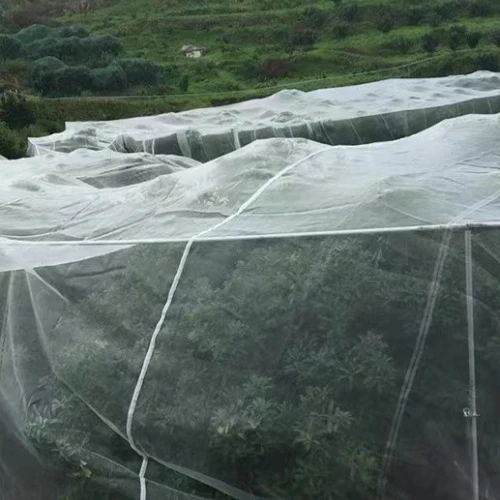bolting cloth for screen printing
Understanding Bolting Cloth for Screen Printing A Comprehensive Guide
Screen printing, a popular technique for transferring images and designs onto various substrates, relies heavily on the quality of materials used in the process. One of the essential components in screen printing is the bolting cloth, a fine mesh fabric that plays a crucial role in determining the quality and precision of the printed image. In this article, we will explore what bolting cloth is, its significance in screen printing, and the various factors one should consider when selecting the right type.
What is Bolting Cloth?
Bolting cloth, often made from synthetic materials like nylon or polyester, is a tightly woven mesh that features various thread counts, also known as mesh counts. The mesh count refers to the number of threads per inch in both the horizontal and vertical directions of the fabric. This influences the overall thickness of the fabric, the size of the openings in the mesh, and subsequently affects the amount of ink that can pass through during the printing process.
Importance in Screen Printing
The choice of bolting cloth is critical in achieving detailed and high-quality prints. A fabric with a high mesh count (e.g., 200 to 305) is ideal for printing intricate designs with fine lines or small text, as it allows less ink to pass through, leading to sharper images. Conversely, lower mesh counts (e.g., 110 to 160) are suitable for designs requiring a larger amount of ink, such as bold graphics or designs with heavy coverage.
In addition to the mesh count, the thickness and tension of the bolting cloth significantly impact the printing results. A well-stretched screen ensures that the ink is evenly distributed and can provide a consistent image quality across multiple prints. Moreover, the tension of the fabric reduces blurring and enhances the overall sharpness of the printed design.
Selecting the Right Bolting Cloth
bolting cloth for screen printing

When choosing bolting cloth for screen printing, several factors should be considered
1. Project Requirements Determine the nature of the print job. Are you printing fine details or bold colors? Matching the mesh count to the design's needs is essential for achieving the desired outcome.
2. Ink Type The type of ink used can also influence the choice of bolting cloth. For instance, thick inks like plastisol would benefit from a lower mesh count to allow sufficient ink flow. On the other hand, water-based inks might require a higher mesh count.
3. Substrate The material on which the design will be printed can dictate the type of bolting cloth to use. For instance, prints on fabric may need different specifications compared to prints on plastic or metal surfaces.
4. Durability and Reusability Bolting cloth can be an investment, so consider fabrics that are durable and can withstand repeated use, especially if you plan on using them for multiple printing projects.
5. Cost While it’s tempting to go for the cheapest option available, remember that quality often correlates with price. Investing in high-quality bolting cloth can lead to better results and longer-lasting screens.
Conclusion
In summary, bolting cloth is an indispensable element in the screen printing process. Its role in defining the quality of prints cannot be overstated, as the right fabric can lead to professional, high-quality results. Understanding the various types of bolting cloth and their specific applications will enable you to make informed decisions that enhance your screen printing projects. Whether you’re a hobbyist or a professional printer, paying attention to the specifics of bolting cloth can take your printing to the next level.
-
The Versatility of Stainless Steel Wire MeshNewsNov.01,2024
-
The Role and Types of Sun Shade SolutionsNewsNov.01,2024
-
Safeguard Your Space with Effective Bird Protection SolutionsNewsNov.01,2024
-
Protect Your Garden with Innovative Insect-Proof SolutionsNewsNov.01,2024
-
Innovative Solutions for Construction NeedsNewsNov.01,2024
-
Effective Bird Control Solutions for Every NeedNewsNov.01,2024












